“Clap Clap Clap Clap Clap…”
That was the sound I could hear right after the sunset from Arpoador’s stones, immortalizing that moment! There were undoubtedly people from many places in Brazil, the Americas, the whole world … Still, I had a conviction: there was no shortage of Cariocas!
Yes, the Cariocas love to watch the sunset on the Arpoador stones. And applauding it has already become a tradition. After all, it is one of the most beautiful sunsets in Rio de Janeiro.
Picture this: The gold of the sun reflecting in the blue water, which therefore gains different shades of green, yellow and orange. In the background, Morro Dois Irmãos and also Pedra da Gávea. Furthermore, before your eyes, all the edge of Praia do Leblon and Ipanema bordering the city. Behind the buildings, the green hills of the Tijuca Forest, of which the Corcovado stands out. Around him, eyes that shine, smiles on faces, a lot of diversity: people of all kinds. It’s thrilling!
Want to learn more about this must-see attraction in our city? So this post is for you.
Description
What Cariocas call Arpoador (Arpex for the most intimate) is both a beach and a rock formation. The beach is a short stretch, approximately 500 meters, located between Diabo (Devil) Beach and Ipanema Beach. The rock formation is made of the stones that are at the end of the beach and, as they jut out into the ocean, become the perfect place for the audience to watch of one of the most beautiful and iconic landscapes of the city.
At one side, you can see the entire shore of Ipanema and Leblon beaches. On the other, the edge of the small Devil’s Beach and Copacabana Beach – the Fort and even the Sugar Loaf!
The place was named Arpoador (literally, the harpoon thrower) because, in the 16th and 17th centuries, that was the place that Brazilian natives and Portuguese people harpooned whales, that is, they hunted them with harpoons.
The surfers’ and bikini’s beach
Arpoador was the birthplace of the Carioca surf. In the 1940s and 1950s, on the waves of the beach, you could see Cariocas with boards of wood made by themselves. From the 1960s, the practice became even more common.
According to Rico de Souza, a famous carioca surfer, “there are good lefts of all sizes, holding well the days of great swell and quality waves in the days of ripple. In perfect days it’s one of the best waves in town”. –> If you are a surfer and want to experience these waves, Rico’s site informs the surf forecast from all over Rio de Janeiro. Click here.
In addition to the debut of surfing in Rio, it is said that it was on this beach that also the bikini made its debut in Brazil. In 1948, the German and stylist Miriam Etz made a bikini for herself and by wearing it, caught the attention of all the curious bathers.
The most democratic beach
When the night comes, the landscape changes, but that does not mean that all that splendor is gone. On the contrary, we contemplate another beautiful landscape. Now the reflectors installed for the practice of night surfing leave the water with a lovely shade of dark green. The place, especially in the summer and the hottest days of the year, is not usually empty. Surfers and bathers keep there until late hours. And it’s great to stretch a canga (beach towel), pull out your guitar, sing and admire the landscape with your friends until the wee hours.
The fact is that Arpoador is much more than a beautiful view. It is a meeting point for surfers, fishermen, divers, musicians, families, lovers and friends, Cariocas and foreigners, all sports, beliefs and social classes. Undoubtedly, one of the most democratic spots in Rio.
Infrastructure
Arpoador Beach has an excellent infrastructure near its sands. Toilets can be found at the Lifeguard Tower no. 7 (Posto 7). There are also free weight machines, skating rink, and kiosks. Street vendors positioned in tents on the small strip of sand, rent chairs and umbrella for those who do not dispense them. Right next to it, there is also the Garota de Ipanema Park, with MPB concerts in the middle of the trees during the summer.
How to get there
The two main accesses are Francisco Otaviano Street with Viera Souto Avenue or through Francisco Bering Avenue. This one is the one that is in front of the small edge of Arpoador.
If you are in Ipanema, just go straight through Vieira Souto Avenue until you reach the end of the beach boardwalk. If you are in Copacabana, you should take Francisco Otaviano street all the way through. If you want to take a shortcut to climb the rocks, ideally, you should go to Ipanema Girl Park, also located on Francisco Otaviano street.
In less than 5 minutes walking through the park, you will reach the beach and the rocks. Unfortunately, it is possible to find homeless people inside the Garota de Ipanema Park. During the day and especially at night, avoid paths and dimly lit places. Stay alert.
As you leave the park, will be at the end of Avenida Francisco Bering and right in front of a kiosk and the lifeguards tower no 7. If you need to, go to the bathroom. If you prefer, either buy your coconut water or take a shower … Because now we are climbing up.
Note that there are paved routes, created to facilitate people’s access. And there are also alternative routes, amidst undergrowth. If you do not have much experience with hiking, always choose the most appropriate and more accessible path.
Here are other ways to get there:
By subway, the nearest station is General Osório, on Line 1.
By bus, there are several options: 455 (for those coming from Botafogo inlet), TRO6 or 108 (for those who come from Botafogo), SPINT8 or SP553 (for those who come from Leme), TRO1 or 100 (from downtown).
By Car – Those who come by car should look for street parking spots in the cross of Francisco Otaviano street or on the edge of Ipanema. Be aware that this can be a difficult task both during the week and on the weekends. If you prefer, there is private parking at Francisco Otaviano, 61.
Bike – There is a bike route along the whole shore, and at Arpoador Beach you will find an Itaú bike station.
Where to go afterward
Arpoador Beach is only 200m from Ipanema Beach, 500m from Copacabana Fort and 600m from Copacabana Beach. These three postcards are an excellent idea for you to include in your itinerary the same day of your visit to Arpoador Beach. The area is also full of bars and restaurants. Then after watching this spectacle of nature, to have dinner or drinks around there may be a good idea. –> If you need help on preparing your trip itinerary, we can create a customized guide for you, click here to know more about it.

Carioca Tip:
You can go to Arpoador at any time of the day and the year. However, our advice is that you choose to go on a very sunny day to watch the sunset. Arrive at least 1 hour early to take time to observe and absorb the landscape entirely. –> To know when the sun will set during your stay, visit this site here.
When climbing the stones, in addition to a sea of blue-green waters being enjoyed by bathers and surfers, also observe the many Islands that complete the landscape towards the immensity of the ocean. And do not forget to look both ways to see the edge of Ipanema in one side, and Copacabana on the other.
If you are not used to swimming in the sea, before venturing on it, seek information at the nearest lifeguard station. Weather conditions change the force of the waves daily, and you must act with caution. For example, it is not recommended to enter the sea on rainy days. –> For more safety tips, click here to download our free e-book “How to stay safe in Rio: 8 tips from Cariocas to explore Rio de Janeiro safely”.
Either a sunny or rainy day… Day or night… You must include Arpoador Beach in your itinerary. We are confident that you will fall in love and understand the reason why we, Cariocas, call Rio the “Marvelous City”!
All the beautiful images from this post are from the photographer Karen Eppinghaus. To learn more about her work, go to www.eppinghausfotografia.com.br or visit the Instagram @eppinghaus_foto.

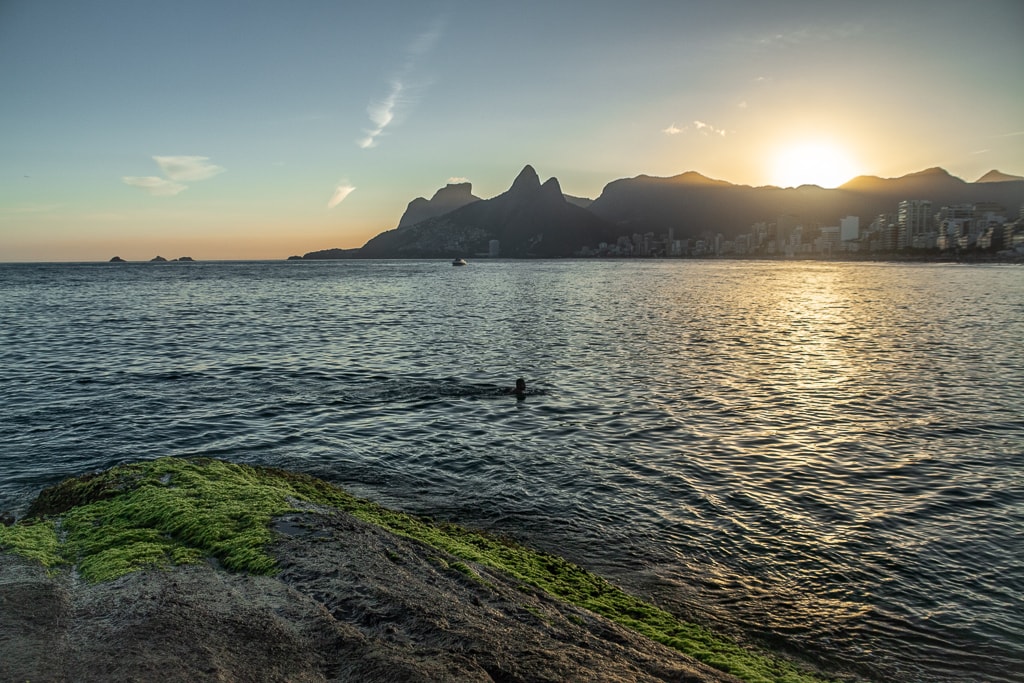

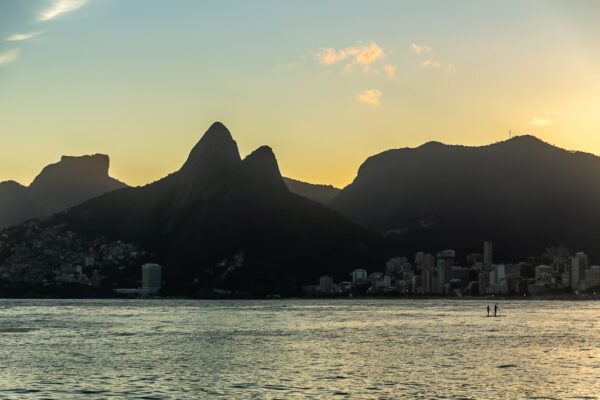

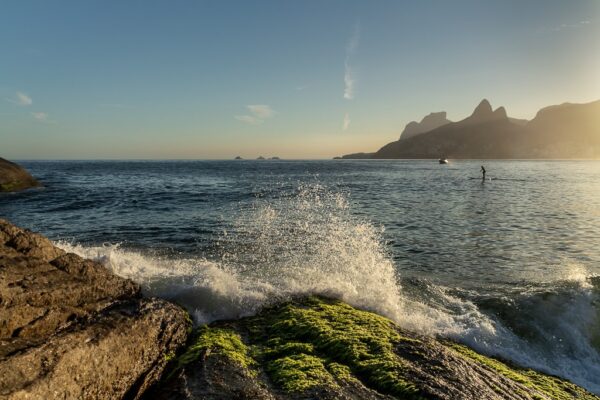
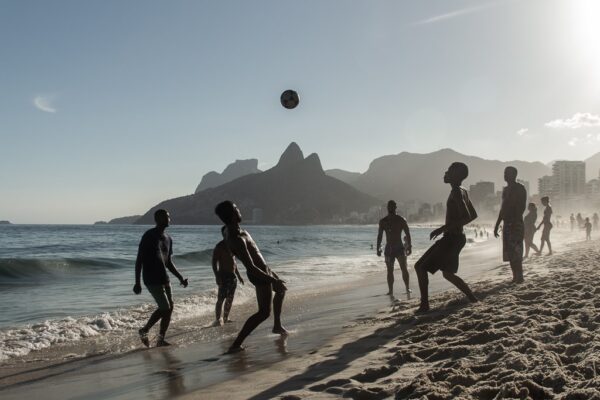


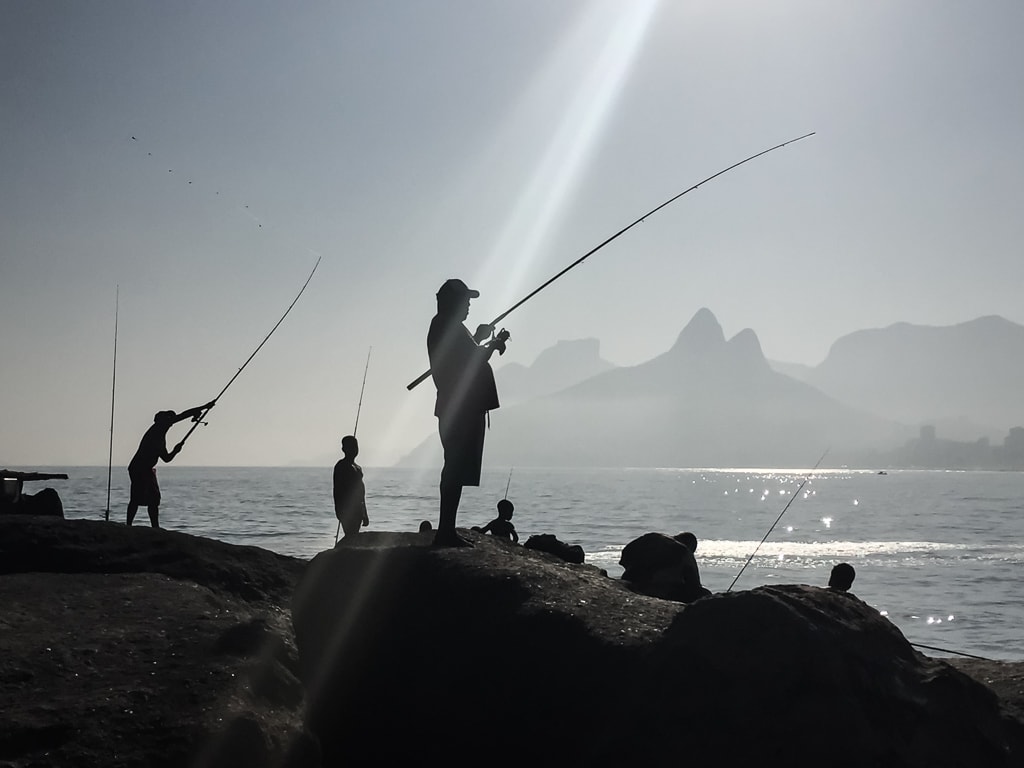
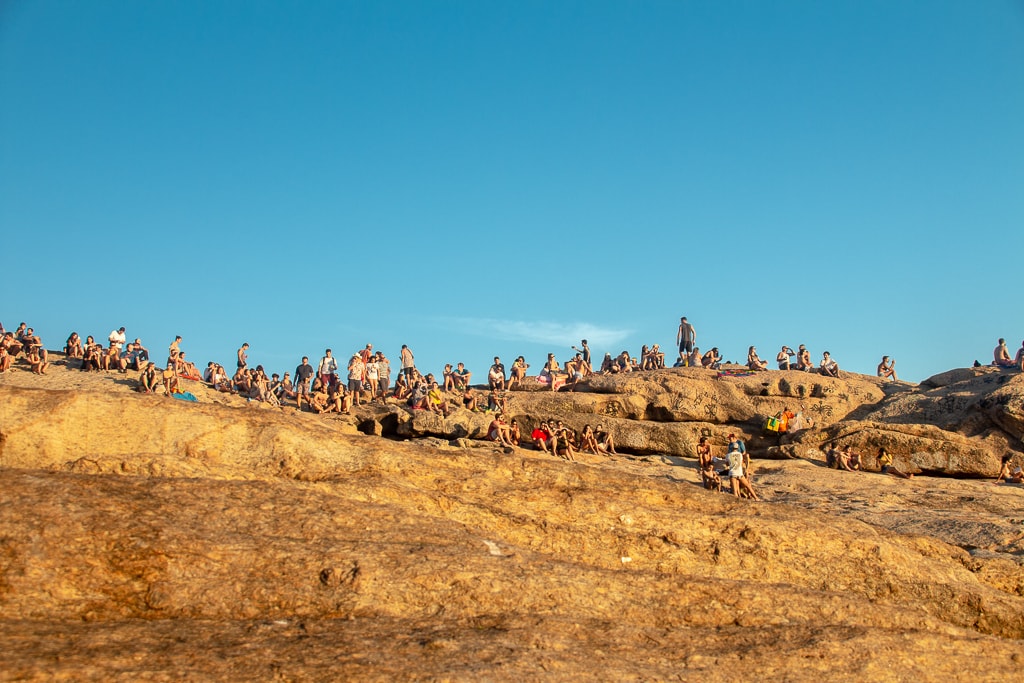
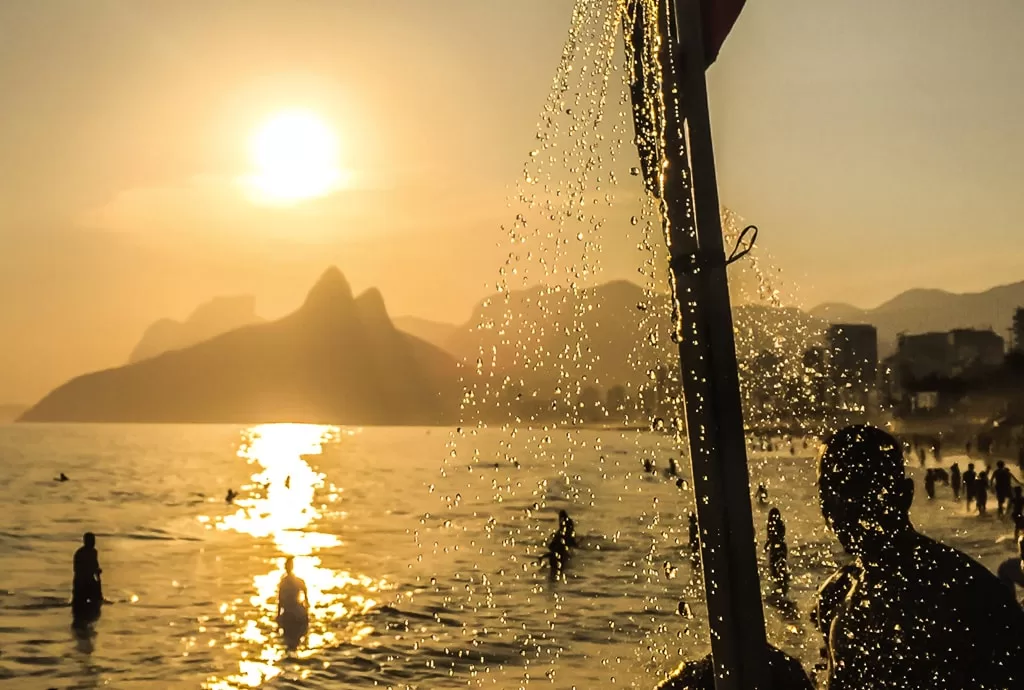

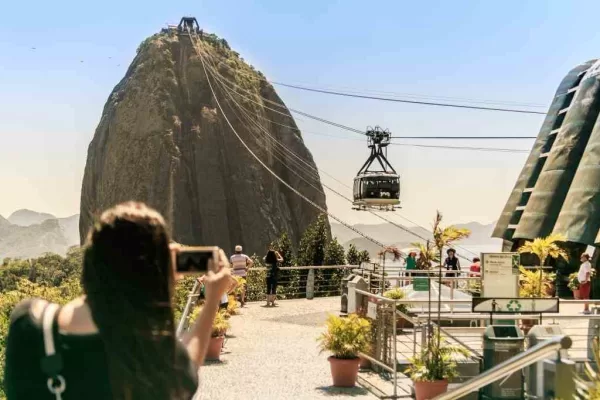


Pingback: Hotels in Ipanema, Rio de Janeiro: Your Ultimate Guide to Stays & Attractions